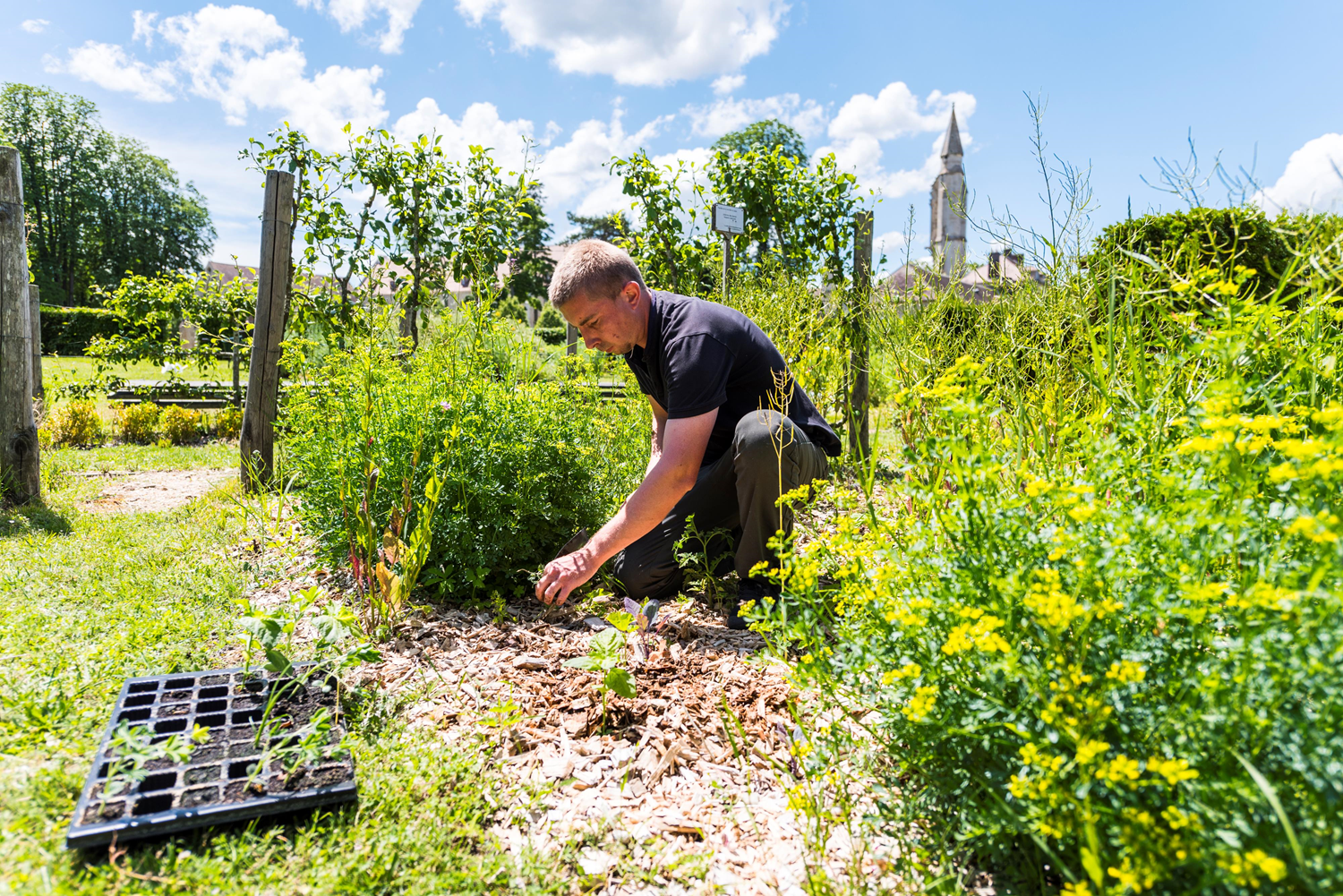Before you go any further...
I've read and accept the Terms of Use and the Privacy Policy.
I accept to receive newsletter and other communications associated with firms of The Explorers Network group'
I accept to receive commercial offers of The Explorers Network partners'.
Thanks!
Vote everyday for your favorite content
SENSITIVE CONTENT
This media contains sensitive content which some people may find disturbing or offensive.
You must be 15 years of age or older to view sensitive content.
Log inBirthday
Content being validated
THE EXPLORERS +
Watch our premium movies
The Explorers + is our premium movie catalog in Ultra High Definition (HD/4K/8K)! Hundreds of videos already available and daily new content on all your devices (web, mobile, tablets, smart TV).
Post content (photo or video) and get 1-month free
OR
Subscribe and support The Explorers Foundation's field actions for biodiversity.

Content being validated
Charlemagne’s Capitulary
0
0
Around the year 795, Emperor Charlemagne promulgated the capitulary “De villis”, in which he listed the plants to be cultivated in royal houses, abbeys, monasteries, hospitals, sick bays, and leprosaria. The ordinance presented and described 88 plants recommended in everyday life for treatment, food, and clothing. A list of medicinal, aromatic, dyeing, textile, fruit and vegetable plants that allowed for self-sufficiency. Three centuries later, the monks of the Cistercian abbeys still followed these recommendations in their “herbularius” (simple garden), “hortulus” (vegetable garden), and “pommarium” (orchard).
Related content

Médias en cours d’exploration

